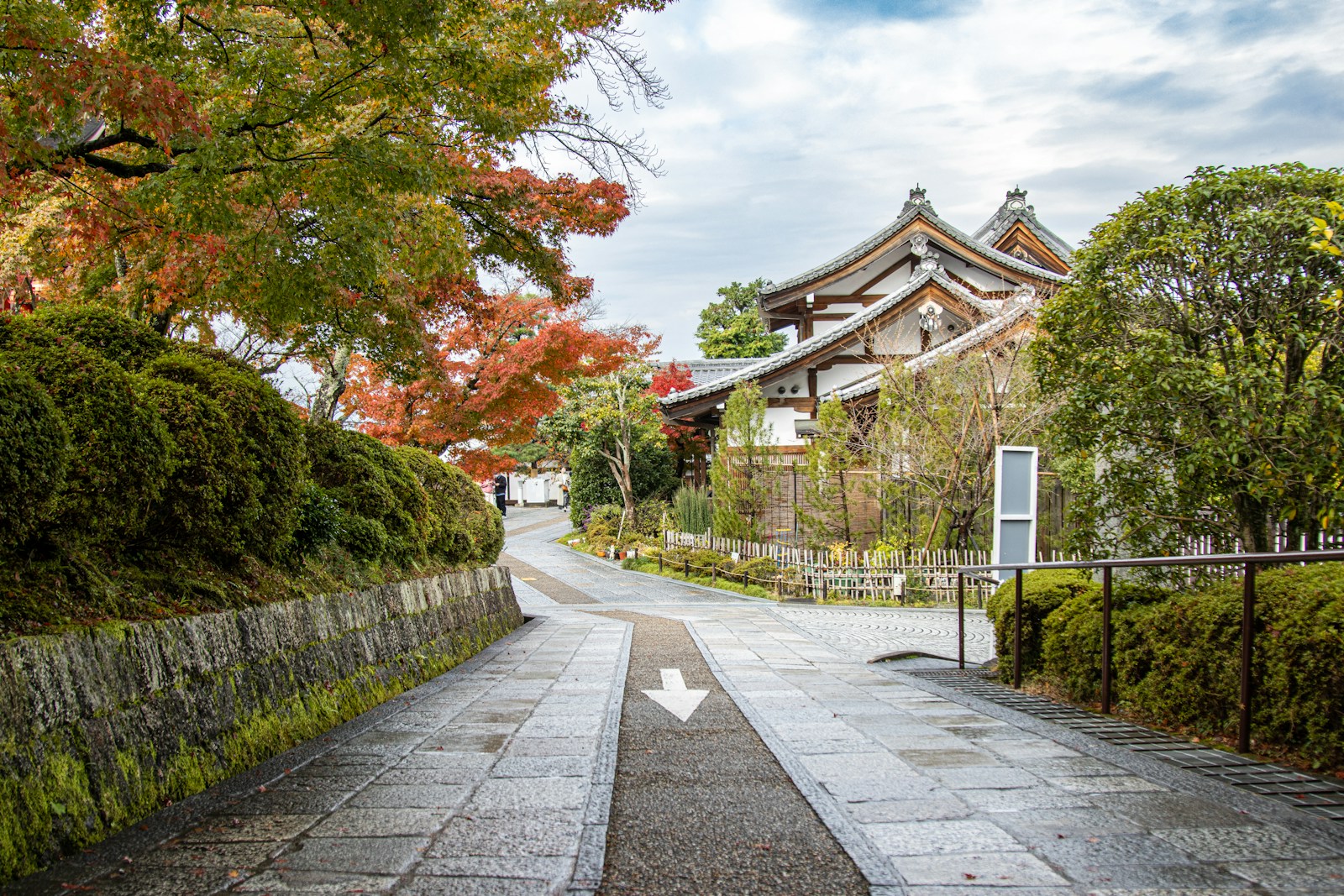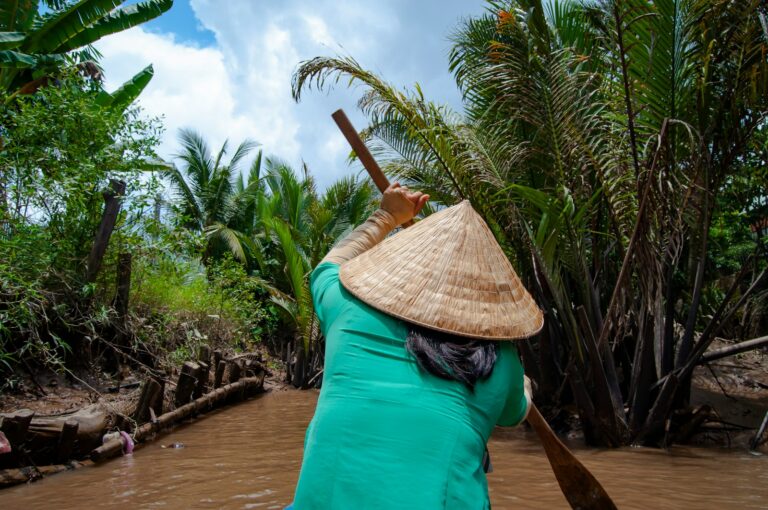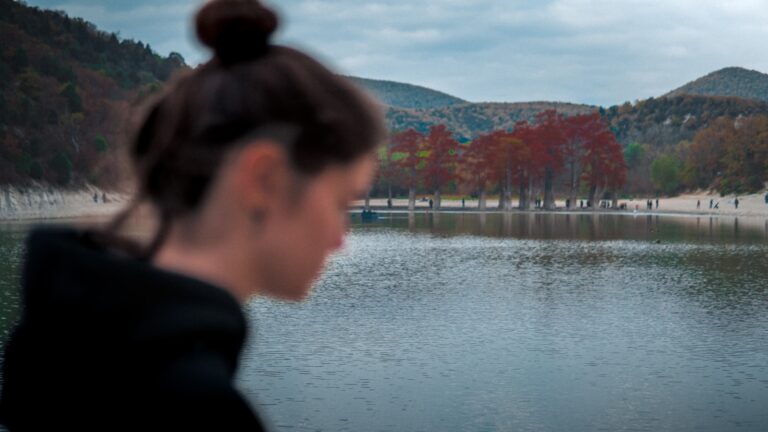The Vatican: A Quirky, Elective Monarchy
In 1929, Italy officially recognized the Vatican as its own country—a tiny nation run by the Pope and his top clergy. These church leaders can live in the Vatican or elsewhere, but they’re all Vatican citizens.

According to Gabriela Nitti, a scholar of world history and religion, Italy’s Prime Minister at the time, Benito Mussolini, got tired of the Pope complaining to Italian Catholics that he was “trapped behind Vatican walls.” So Mussolini saw a chance to score political points and made a deal:
Italy gave the Vatican land.
Italy paid the Pope a “sorry fee” (basically reparations).
In return:
The Pope officially recognized Italy as a sovereign state.
The Pope promised to stay out of politics and wars.
The deal was signed, and just like that—Vatican City was born.
Today, this tiny hilltop state checks all the boxes of a real country:
✔ Its own government
✔ Its own laws
✔ Its own police, prison, bank, stamps
✔ Its own license plates, airport, private jet—even its own phone network
The Vatican even has a military force: the legendary Swiss Guard, famous for their colorful uniforms and fierce loyalty. Fun fact—they’re not Italian; they’re from Lucerne, Switzerland.
Wait… The Vatican Has a King?
It does! But you don’t usually hear him called that.
Inside Vatican City, one person holds full, unchecked power—making it one of the world’s six remaining absolute monarchies (alongside Brunei, Oman, Qatar, Saudi Arabia, and Eswatini). This is why the Vatican can’t join the European Union—it’s not a democracy.
There’s a government of sorts, run by cardinals the Pope appoints. But if the Pope doesn’t like what they’re doing? He can overrule or replace them in a heartbeat.
So who’s the king? The Pope himself. Yep, he wears both hats—religious leader and absolute monarch. But the media just sticks to “Pope” because, well, it’s more familiar.
That makes Vatican City the world’s only elected absolute monarchy. No royal family here—just a vote among cardinals.

How the Pope Gets Elected (Smoke Signals and All)
When a Pope dies or resigns, the next one is chosen by the College of Cardinals—a group of up to 120 bishops from around the globe. They lock themselves inside the Sistine Chapel and aren’t allowed to communicate with the outside world.
How does the world know what’s happening? Smoke signals!
White smoke means: “We have a new Pope!”
Black smoke means: “Still voting.”
Why the smoke? It’s just tradition. The Vatican loves sticking to the old ways—no smartphones, no live tweets, just ancient rituals.
Vatican’s Hidden Treasures
The Vatican Museums are some of the world’s biggest, packed with Egyptian, Roman, Greek, Etruscan, and medieval treasures—including a whole gallery dedicated to Raphael.
Nearly half of Vatican City is made up of lush gardens, filled with fountains, statues, and flowers—perfect for a quiet stroll.
This writer dreams of a post-COVID adventure: flying to Paris, taking the train to Venice, then to Rome—no tight schedules, just slow travel. But be warned: even inside the Vatican, pickpockets are everywhere!




